The type of welding wire and rod has advantages and differences based on its specific information details. Metal core wire can bring significant benefits to your welding shop in terms of increased productivity, improved weld quality and reduced costs compared to using solid wire.
For the same filler wire at the same operating parameter (amperage), metal cored wire generally exhibits a higher deposition rate and thus a higher feed rate for welds of the same size.
Metal wire welds have a high tolerance for grinding scale, grease and dirt on the base material and avoid frequent cleaning operations. This helps manufacturers reduce their labor costs and increase productivity.
The wire produces minimal spatter, eliminating the need for a spatter guard and minimizing post-weld grinding and cleanup.
By eliminating pre- and post-welding operations, you can allocate workers to other areas of your welding shop, where welders can help increase productivity.
Threaded metal wire provides a good gap bridging and welded joint, reducing the need for rework.
Threaded metal wire is easy to work with, which can make training a new welder easier. Welding technology is like solid wires.
Direct wire welding, also known as MIG-MAG welding, is a process that uses a constant flow of heat to form an arc from the wire to the metal object being welded.
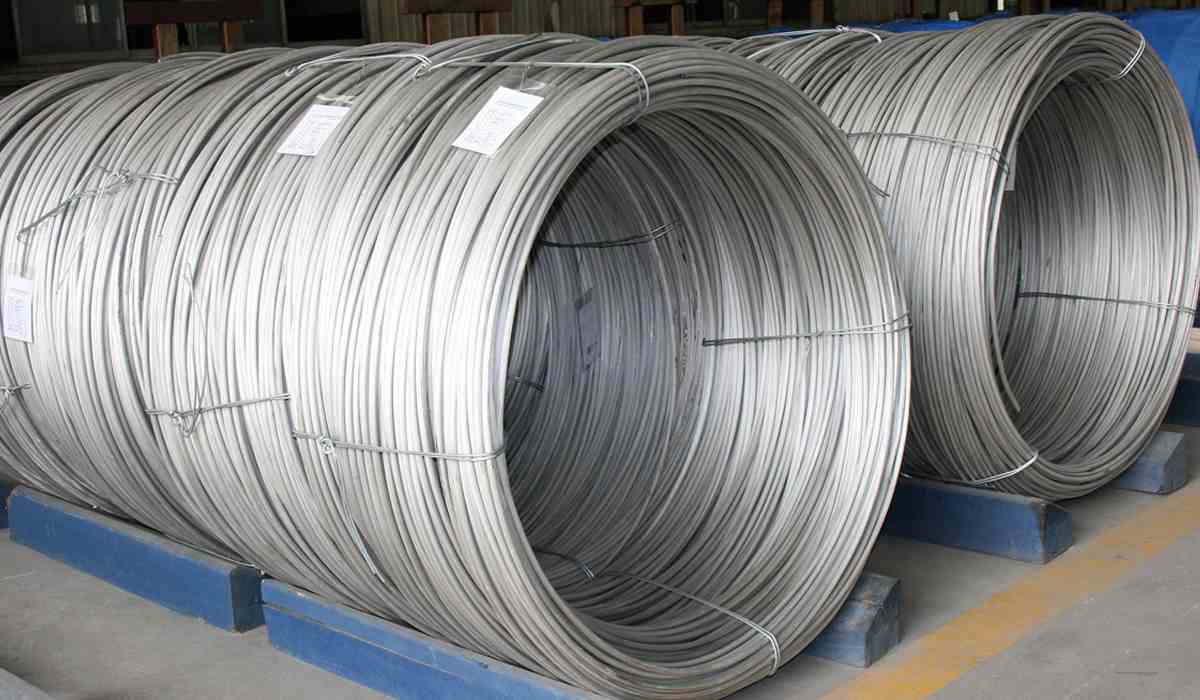
This welding process has the following features:
MIG-MAG welding should always use direct current (DC). This ensures the stability of the resulting arc.
Depending on which gas is used in the process, certain factors such as input energy, welding speed, final appearance of the weld, and ridges and spatter will change.
Gases such as argon, a mixture of oxygen and helium can be used for the MIG process. And for MAG – a mixture of carbon dioxide and argon.
Stick welding, also called manual metal arc welding, is the first welding process taught to the beginning welder.
In electrode welding, the arc is created as a result of the contact between the electrode and the workpiece. A short circuit is created between the two poles, which causes the resulting current to flow. The arc burns and releases the necessary fusion heat.
You should know the following features for the first approach to this type of welding:
Electrode welding requires high current and low voltage.
In this operation, you should be very careful about the current strength, because it is important for the quality of the connection. Therefore, it should be as stable and high as possible.
After examining the characteristics of both types of welding, we will have an overview that will reveal all their differences. Once they are revealed, it will be easier for you to decide what to do next.
While wire welding is a bit more difficult and difficult to access in some places, electrode welding is very simple and even a child can do it.
Electrode welding is much more economical than wire welding due to the initial investment in production equipment.
Wire welding is more expensive, yes, but it is certainly much more productive than electrode welding.
And of course it is more expensive, because the result is not only more productive, but also more professional, because it pays better.
Electrode welding can be done without shielding gases, while shielding gases should always be used when welding with wire.
While almost no environmentally harmful gases are emitted during wire welding when welding with an electrode, a lot of smoke is produced, but almost no noise is produced.
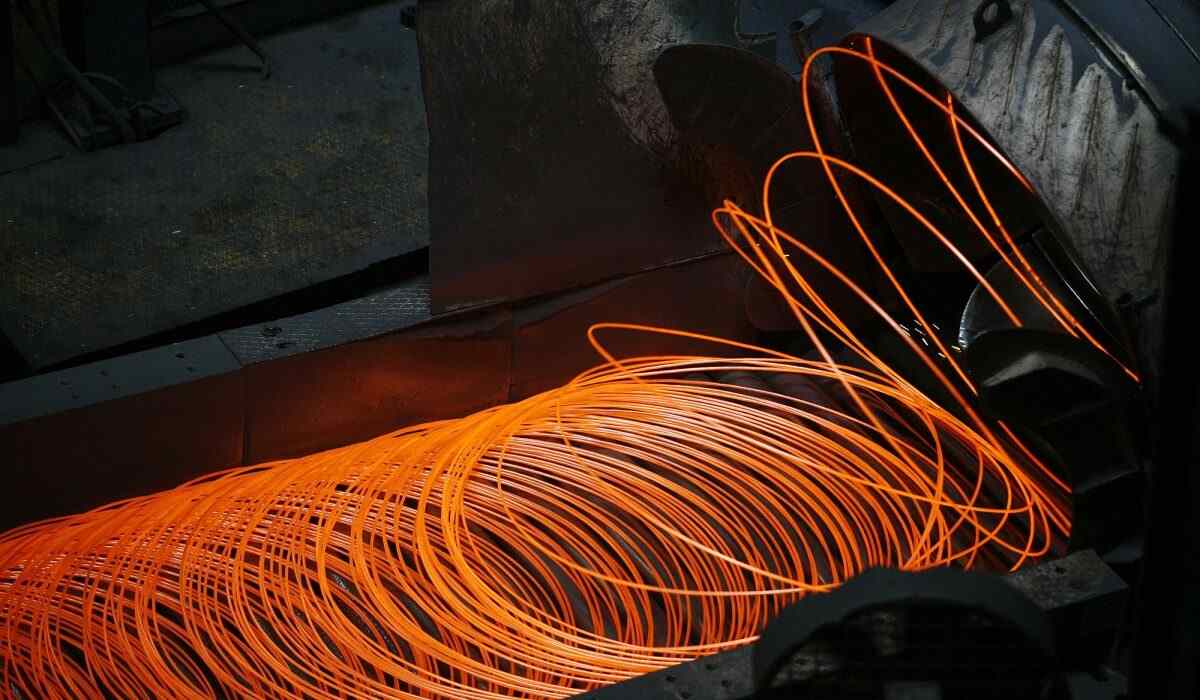
Wire welding advantages
MIG wire welding is perhaps the simplest arc welding process and has many advantages, especially for the novice welder.
MIG welding has grown in popularity since its introduction to the California aerospace industry in the 1940s. In addition to the technology’s suitability for metals such as aluminum and magnesium, this is primarily due to the relative speed and ease of MIG welding. This brings us to the first advantages of MIG welding in general.
Advantages of MIG welding:
Fast instant boiling
As with any welding, the time required should reflect the complexity of the joint and the desired quality of the finished weld. But ceteris paribus, when comparing MIG welding to other common types of welding, MIG welding will likely win – whether in the hands of a novice welder or an experienced construction professional. Why? The answer lies primarily in a continuous supply of electrodes that can be fed from a welding machine, from a MIG coil torch or through a combination of push and pull technologies in harsh industrial environments.
User convenience
Seriously, the one-handed control of the MIG torch and the automation of many other aspects make MIG welding as easy to learn and master as TIG welding or electrode welding.
High quality welding
Simply put, MIG welding produces high quality welds quickly – often faster than other welding methods. As we will see again later, MIG welding is fluxless, so slag cannot enter the weld. Result? Excellent and fast welding…
Long-term welding
Here’s another reason to evaluate MIG speed. With each pass of the MIG torch, you can collect more weld metal. This may be a minor advantage over a shorter weld, but when you need to create a long, complex weld, you can work with fewer passes, which saves time and helps you be more efficient. work And (if you’re a professional welder) it helps you work more profitably. Definitely good
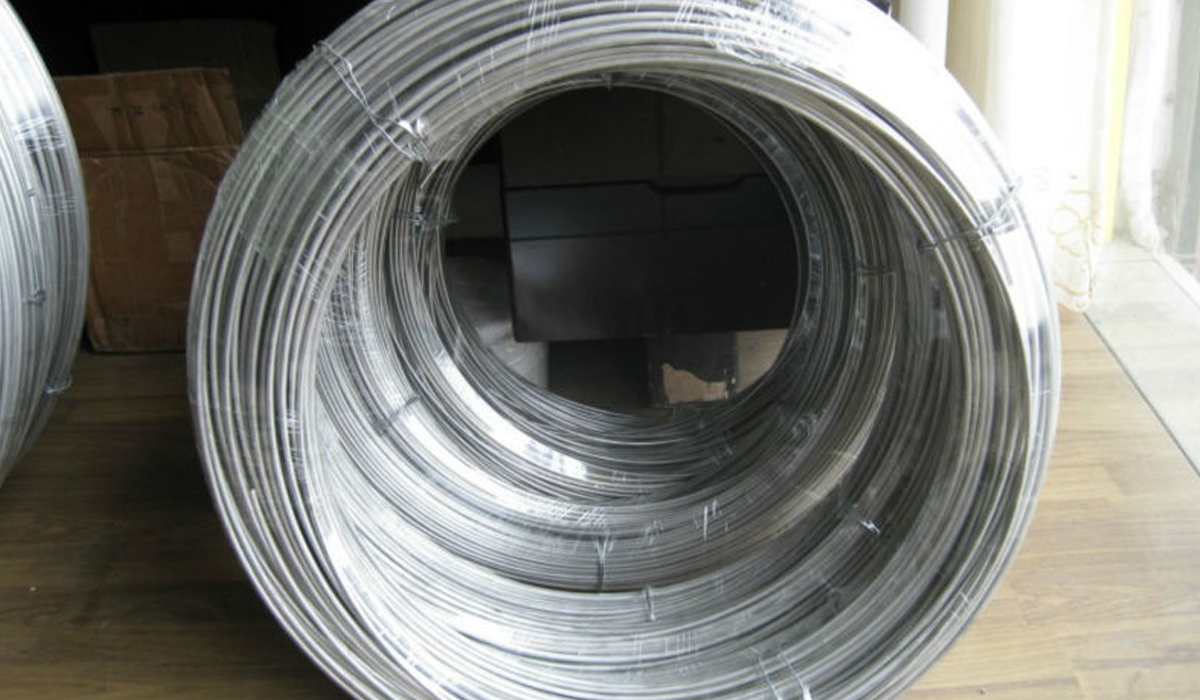
Welding rod advantages
Welding rod is the general name of the electrode or filler metal used to join two other base metals in shielded metal arc welding.
Welding electrodes can be consumable or non-consumable according to their application. Consumable rods are crushed or melted to form a bonding material that holds the two pieces of metal together. However, those that are not consumed provide enough catalytic reactions with the base metals to continue their synthesis in an oxygen-rich atmosphere. The length of each continuous seam is proportional to the length of the welding rod.
Gas inert arc welding (SMAW), also known as stick welding, uses a welding rod. A welding rod may also be referred to as a welding electrode. The welding rod is a metal rod with mineral and metal powder coating. The rod has two purposes: supplying the filler metal to the workpiece and conducting the electric current to the arc.
The welding wire consists of two parts: the metal itself and the flux coating. Metals can range from mild steel, stainless steel, high strength steel, copper, bronze, brass or aluminum. The metal is then coated with a flux coating of a mixture of cellulose used by plants to create flexibility and powdered iron. It is also mixed with small amounts of sodium, titanium dioxide and potassium. The flux coating ensures a uniform flow of electric current during welding.

If you look at welding rods, you will basically find two types of options which include consumable and non-consumable welding rods. Both of these consumables are used for MIG welding and electric arc welding. These welding rods are the most common and are used to make welds.
On the other hand, if you choose TIG welding, you will most likely find a tungsten welding rod that does not melt. Instead, this welding wire is only used to form the arc and is manually inserted into the filler material.
The welding electrodes produced by our brand are original, made of high quality materials and supplied in commercial and professional packaging. Our quality welding wire is properly coated and made from metals such as clay, sodium oxide and lime.
To buy the best specialized and quality welding wire, you can contact us through the production departments and official representatives of online markets.

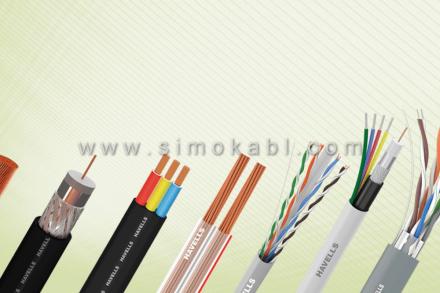
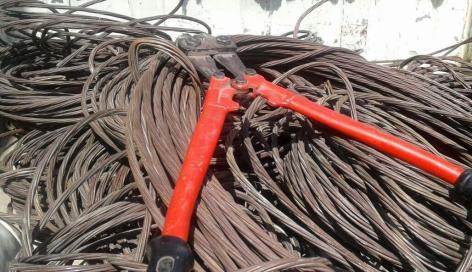

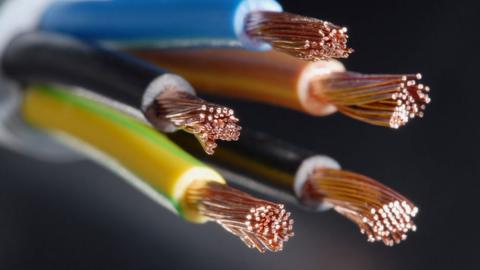
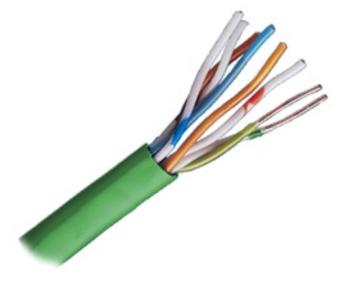
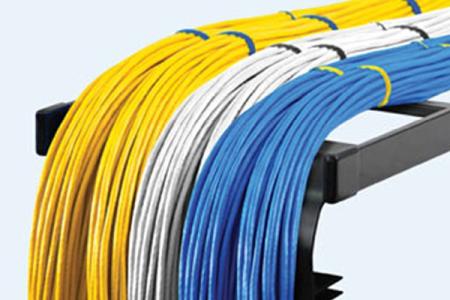
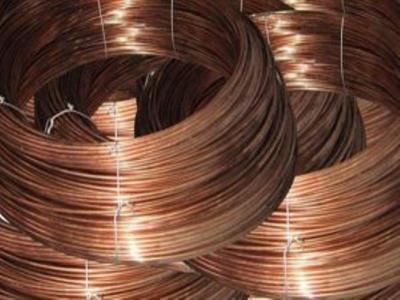

Your comment submitted.